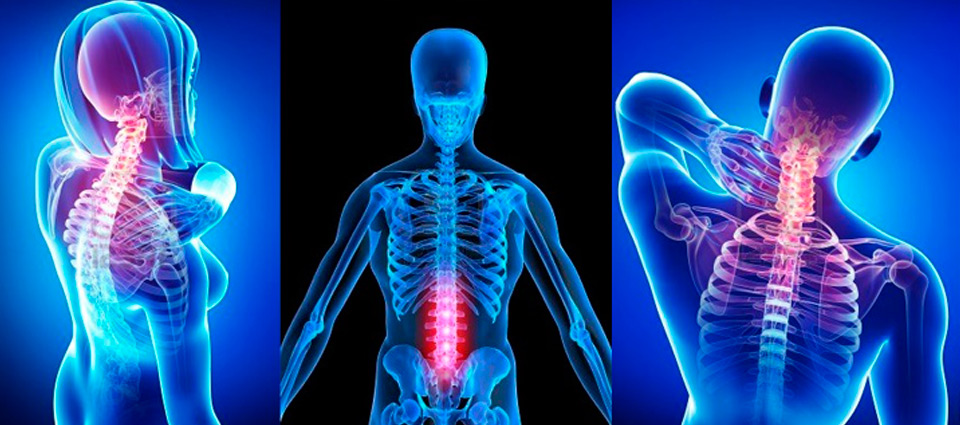Piriformis Syndrome
Low back pain with or without sciatica is a common condition seen in chiropractic practice. In the majority of cases, pain is caused by classic conditions, such as degenerative disc disease, spondylosis, and entrapment of the lateral recess. In less common cases, sciatica is caused by arthritic changes in the sacroiliac joint or the existence of a trigger area in the piriformis muscle.
The signs and symptoms of sciatic neuritis, as exemplified by piriformis syndrome, are distinct from those of sciatic radiculitis. The most important distinction in the differentiation of sciatic pain caused by piriformis syndrome is the lack of a true neurological deficit. In piriformis syndrome, the positive sign is point tenderness over either end of this muscle. It may be found near its origin just lateral to the mid-sacrum, with its insertion just medial to the greater trochantor. Deep palpation exemplifies the pain. With myofibrosis, or contracture of the piriformis muscle, this may produce resulting pressure on the sciatic nerve that traverses the muscle. The pressure or irritation of the nerve may derive not from the muscle itself, but from a complex inflammatory process set into motion by the piriformis spasm.
Treatment
I have found that a combination of chiropractic manipulative treatment with myofascial release of the piriformis muscle is an effective therapy for piriformis syndrome. The piriformis is stretched manually by applying steady pressure perpendicular to the muscle’s long axis and tangential to the buttocks, until the muscle is felt to relax. The goal is to separate the articular facets and restore lumbosacral mobility. Chiropractic adjustments allow the facets to move more freely and reduces irritation of the spinal column, which could result in compensatory muscle splinting and spasming.
Piriformis syndrome, a common cause of low back and leg pain, can be relieved with conservative chiropractic care. If you are experiencing low back pain that radiates into the leg, come in for a consultation to have Dr. Kano evaluate you.
